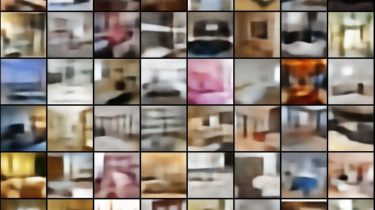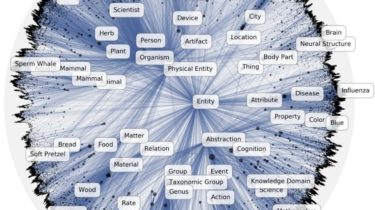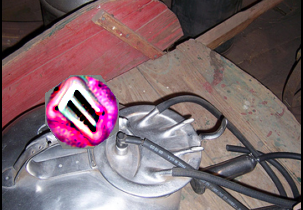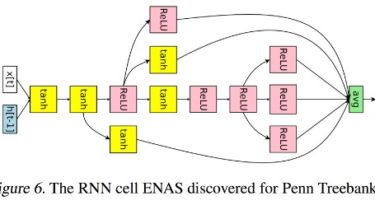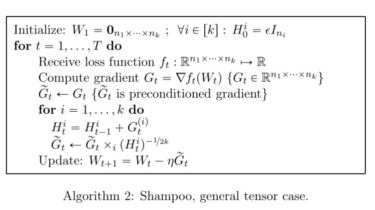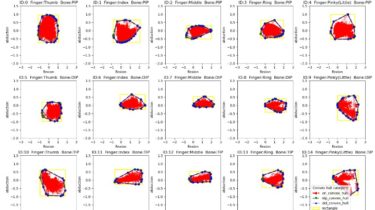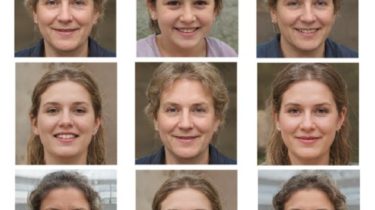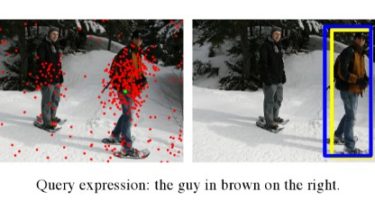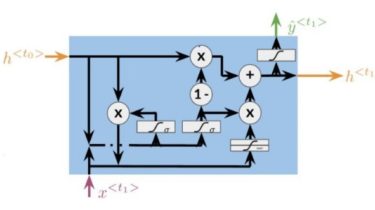Minimal PyTorch implementation of Generative Latent Optimization
Minimal PyTorch implementation of Generative Latent Optimization This is a reimplementation of the paper Piotr Bojanowski, Armand Joulin, David Lopez-Paz, Arthur Szlam:Optimizing the Latent Space of Generative Networks I’m not one of the authors. I just reimplemented parts of the paper in PyTorch for learning about PyTorch and generative models. Also, I liked the idea in the paper and was surprised that the approach actually works. Implementation of the Laplacian pyramid L1 loss is inspired by https://github.com/mtyka/laploss. DCGAN network architecture […]
Read more